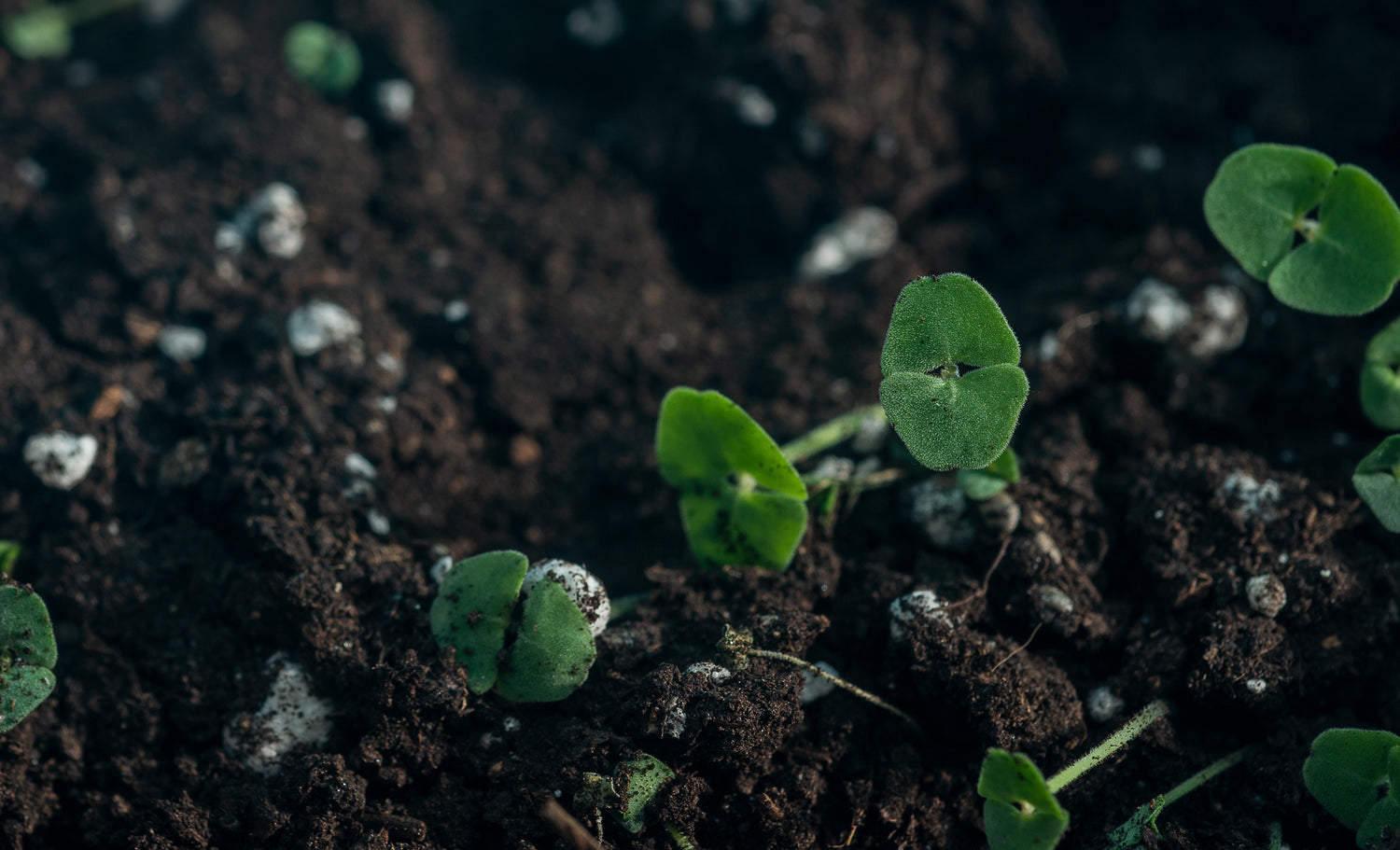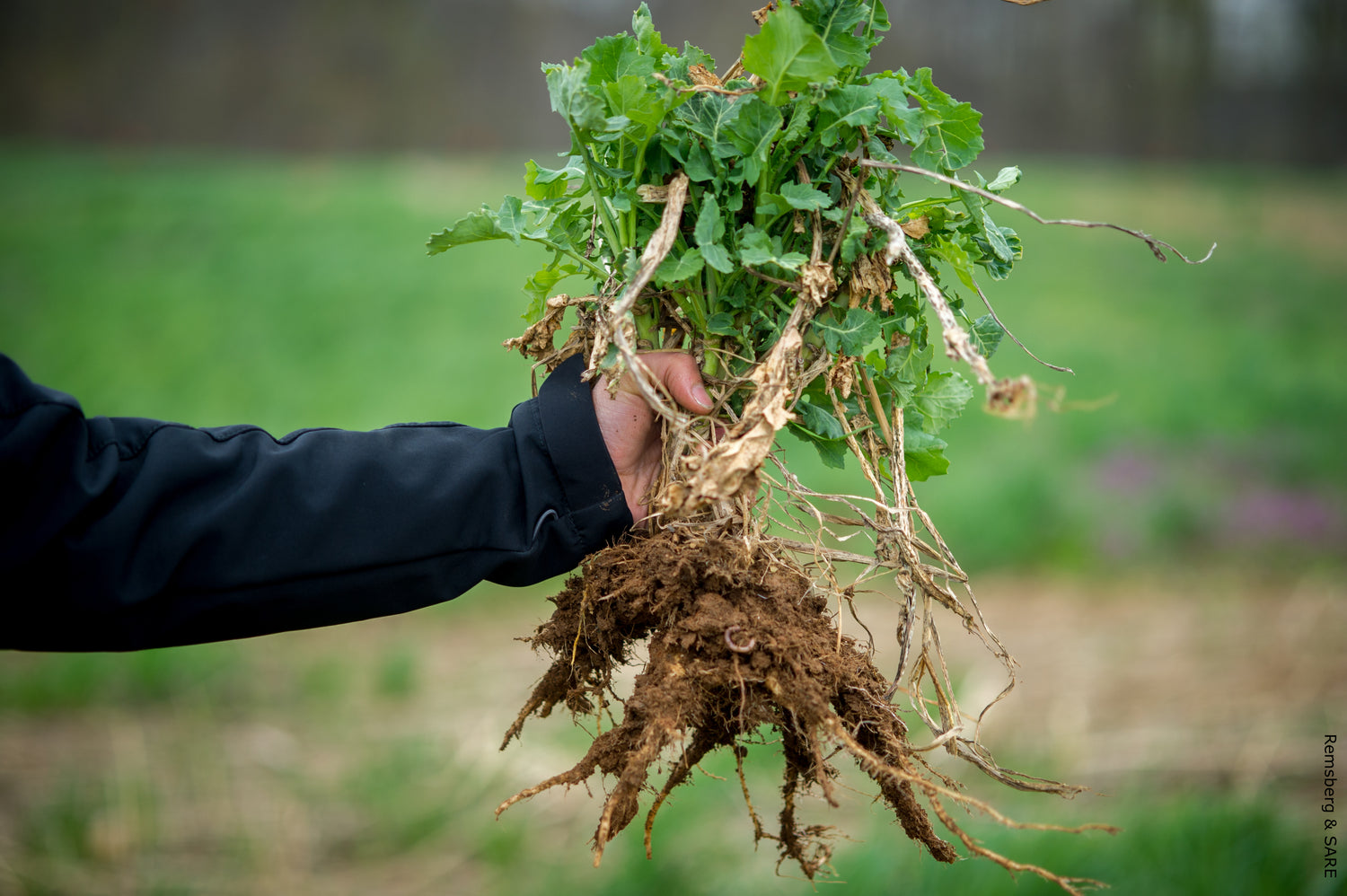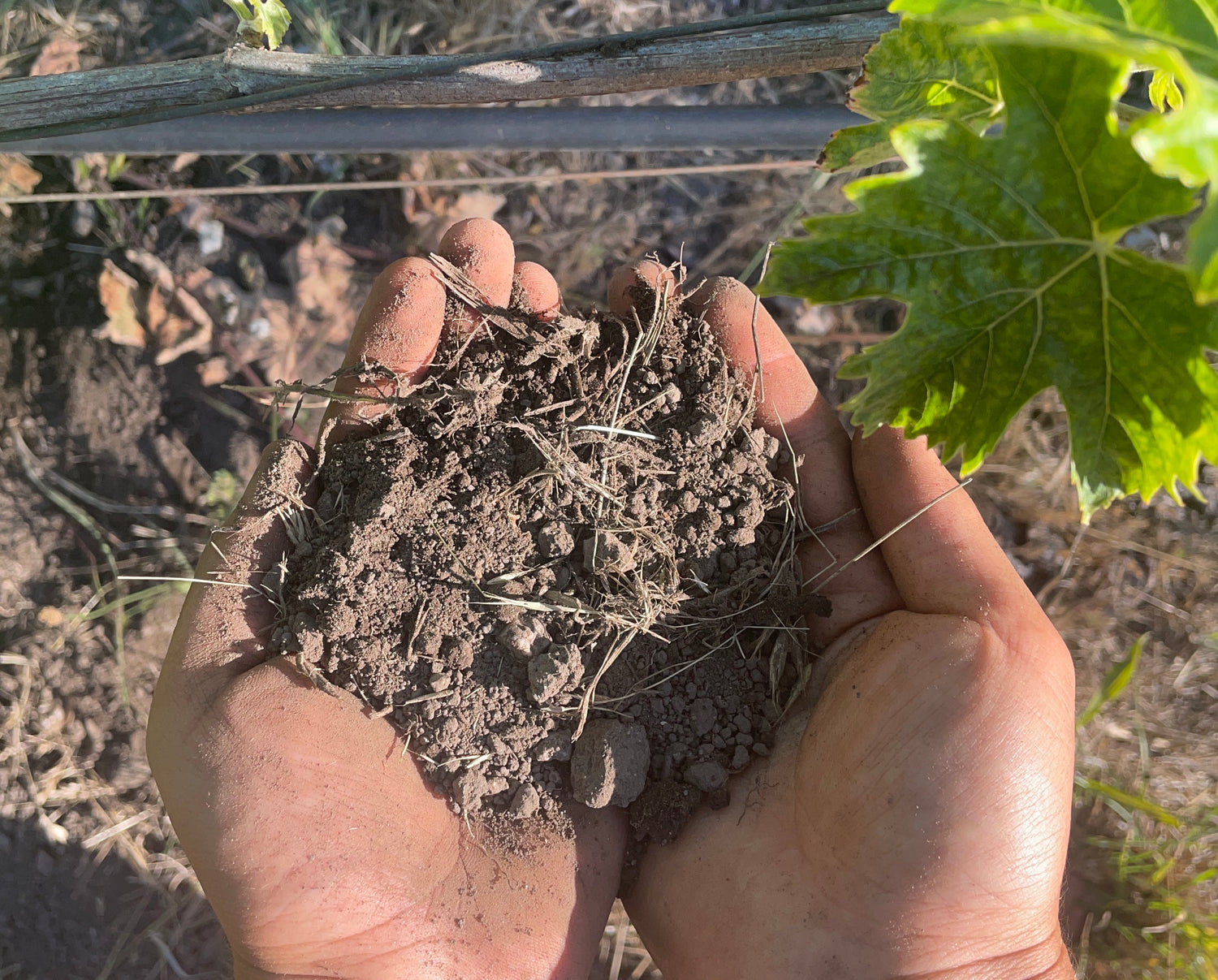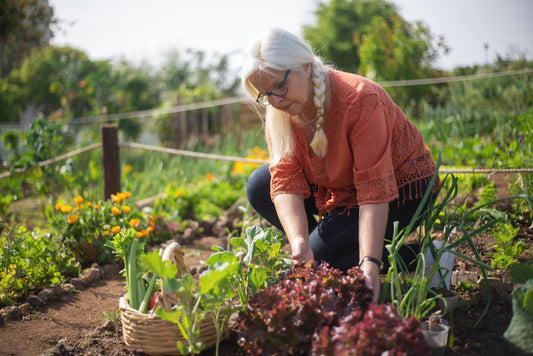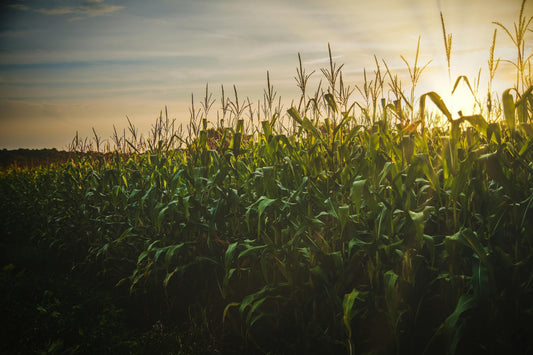Sacramento County contains diverse soil types shaped by the Sacramento and American Rivers, including fertile alluvial soils, water-retentive clay soils, well-balanced sandy loams, and urban-modified soils requiring specialized management for successful agriculture and gardening.
Sacramento County Soil Types: Complete Guide to Urban and Agricultural Soils
Sacramento, California's capital city, sits within a region shaped by river systems, geological history, and urban development, creating diverse soil conditions that influence agriculture, landscaping, and environmental sustainability. Understanding these soil characteristics enables successful crop production, urban gardening, and sustainable land management throughout the Sacramento Valley.
Foundation of Sacramento's Soil Diversity
Sacramento County's soils reflect the complex interaction of geological processes, climate patterns, and human activities across the Sacramento Valley. The USDA Natural Resources Conservation Service Web Soil Survey documents numerous soil mapping units throughout Sacramento County, each with distinct characteristics affecting land use potential.
The region's Mediterranean climate delivers most of its 18-20 inches of annual rainfall between November and March, creating distinct wet-dry cycles that influence soil development and agricultural practices. River systems including the Sacramento and American Rivers have deposited sediments over thousands of years, creating the fertile alluvial soils that support the region's agricultural economy.
According to UC Cooperative Extension, Sacramento County encompasses urban areas, agricultural lands, and natural habitats, each presenting unique soil management challenges and opportunities for sustainable land stewardship.
Primary Soil Types in Sacramento County
Alluvial Soils
Alluvial soils represent Sacramento's most agriculturally productive soil type, formed from sediments deposited by the Sacramento and American Rivers over millennia. These soils typically feature well-drained profiles with high fertility and good water-holding capacity, making them ideal for diverse crop production.
Alluvial soils support major agricultural crops including rice, tomatoes, sunflowers, and almonds that drive Sacramento's rural economy. The NRCS Soil Survey identifies these soils as having moderate to high organic matter content and excellent rooting depth for agricultural applications.
Management challenges include flood potential during heavy rainfall periods and erosion susceptibility on sloped areas. Cover cropping and proper drainage systems help mitigate these risks while maintaining soil productivity.
Clay Soils
Clay soils occur throughout Sacramento County, particularly in areas with poor natural drainage and valley bottom locations. These fine-textured soils retain water and nutrients effectively but present challenges related to compaction, poor drainage, and difficult workability when wet.
Clay soils appear in urban neighborhoods including Land Park and Curtis Park, where they require specialized management for successful landscaping and gardening. The high clay content creates shrink-swell behavior during wet-dry cycles, affecting foundations and pavement.
UC Master Gardener Sacramento County recommends organic matter additions, proper drainage, and avoiding soil disturbance when wet to manage clay soil challenges effectively.
Sandy Loam Soils
Sandy loam soils provide balanced characteristics combining adequate drainage with reasonable water and nutrient retention capacity. These soils occur widely throughout Sacramento County's agricultural and urban areas, supporting diverse plant communities and land uses.
The balanced texture makes sandy loams ideal for grape production, citrus cultivation, vegetable farming, and landscape plantings. Good drainage prevents waterlogging while sufficient clay and silt content retains essential nutrients and moisture for plant growth.
Management typically requires moderate fertilization and organic matter additions to maintain fertility levels and soil structure over time.
Loess Soils
Loess soils formed from wind-blown silt deposits occur in elevated areas surrounding Sacramento, particularly on terraces and hillsides. These fine-textured soils demonstrate good fertility and drainage when properly managed but show susceptibility to erosion on sloped terrain.
The fine particle size and moderate organic matter content make loess soils suitable for diverse crops and native vegetation establishment. Proper vegetation cover prevents erosion while maintaining soil productivity.
Urban Modified Soils
Urban soils throughout downtown Sacramento and developed areas show significant modification from construction activities, landscaping, and human disturbance. These soils often display compaction, low organic matter content, and potential contamination requiring specialized assessment and management.
Urban soil management focuses on decompaction, organic matter addition, and contamination testing before establishing food gardens. Raised bed systems provide effective solutions for urban agriculture while avoiding potentially contaminated native soils.
Saline and Alkali Soils
Salt-affected soils occur in areas with poor drainage, particularly near wetlands and reclaimed lands throughout Sacramento County. High soluble salt concentrations limit plant growth and require specialized management techniques including salt leaching and tolerant plant selection.
The California Water Boards provides guidance on salinity management for agricultural and landscape applications in salt-affected areas.
Volcanic Soils
Volcanic soils occur in scattered locations throughout eastern Sacramento County, formed from weathered volcanic ash and rock materials. These mineral-rich soils contain high levels of potassium and phosphorus, supporting specialty crop production and native plant communities.
Limited extent restricts widespread agricultural use, but these fertile soils excel for specialty crops and ecological restoration projects where available.
Soil Testing and Analysis
Professional Testing Services
UC Cooperative Extension Sacramento County provides soil testing guidance and interpretation services for agricultural and residential applications. Professional testing evaluates pH, nutrient levels, organic matter content, and texture to guide management decisions.
Urban areas require additional testing for lead contamination and other potential pollutants before establishing food production systems. Testing intervals of 2-3 years work well for established landscapes, while annual testing benefits intensive vegetable production.
Field Assessment Methods
Simple field tests including jar tests for texture determination, percolation tests for drainage assessment, and pH test strips provide basic soil information for immediate management decisions. These tools complement professional laboratory analysis for comprehensive soil evaluation.
Sustainable Management Strategies
Organic Matter Enhancement
Organic matter additions benefit all Sacramento County soil types through improved structure, water retention, and nutrient availability. Compost application at 2-4 inches annually enhances soil biology and physical properties across diverse soil conditions.
Cover cropping during winter months adds organic matter while preventing erosion on agricultural lands and vacant lots. Leguminous cover crops provide additional nitrogen through biological fixation.
Soil Conservation Practices
The NRCS California promotes conservation practices including reduced tillage, contour farming, and permanent vegetation establishment to prevent soil erosion and maintain productivity.
Mulching with organic materials reduces evaporation, moderates soil temperature, and gradually improves soil structure as materials decompose. Proper mulch application provides 2-4 inches of coverage without direct contact with plant stems.
Water Management
Efficient irrigation systems match water delivery to soil infiltration capacity and plant requirements. Drip irrigation provides precise water application while reducing waste and preventing soil erosion from surface runoff.
Drainage improvements benefit clay soils prone to waterlogging, while water conservation techniques help sandy soils maintain adequate moisture during dry periods.
Soil Management Process for Sacramento County
- Identify your specific soil type using the NRCS Web Soil Survey and field observation of texture, drainage, and depth characteristics.
- Conduct comprehensive soil testing for pH (optimal range 6.0-7.0), essential nutrients, and organic matter content. Urban areas require contamination testing.
- Apply targeted soil amendments based on test results - compost for most soils, gypsum for clay improvement, and pH adjusters as needed for optimal plant growth.
- Implement conservation practices including cover cropping, mulching, and erosion control measures appropriate for your soil type and site conditions.
- Select appropriate plants suited to your soil conditions - drought-tolerant species for clay soils, deep-rooted plants for sandy soils, salt-tolerant varieties for affected areas.
- Monitor soil health indicators through regular visual assessment and periodic re-testing to track improvements and guide ongoing management decisions.
Local Resources and Support
UC Master Gardener Sacramento County offers educational workshops, soil testing guidance, and plant problem diagnosis for residential gardeners and small-scale producers. Their experienced volunteers provide research-based recommendations for local soil conditions.
Local garden centers throughout Sacramento provide soil amendments, testing supplies, and consultation services. Green Acres Nursery & Supply (8501 Jackson Road) offers comprehensive soil testing kits and gardening supplies, while The Plant Foundry (3500 Broadway) specializes in drought-tolerant plants suitable for local soil conditions.
Environmental Benefits and Conservation
Ecosystem Services
Healthy soils provide essential ecosystem services including water filtration, carbon storage, and habitat support for beneficial organisms. Sacramento County's diverse soils sustain wetlands, grasslands, and urban green spaces that support wildlife and improve environmental quality.
Soil carbon sequestration through organic matter management contributes to climate change mitigation while improving soil health and productivity. Conservation practices enhance these environmental benefits while maintaining economic viability.
Water Quality Protection
Proper soil management prevents erosion and nutrient runoff that can degrade water quality in the Sacramento River system. Cover crops, buffer strips, and appropriate fertilization protect water resources while maintaining agricultural productivity.
Frequently Asked Questions
What are the main soil types in Sacramento County?
Sacramento County features seven primary soil types: alluvial soils from river deposits, clay soils with high water retention, sandy loam soils with balanced drainage, loess soils from wind deposits, urban modified soils, saline-affected soils, and volcanic soils rich in minerals. Each type requires specific management approaches for optimal productivity.
How often should I test my soil in Sacramento?
Test soil every 2-3 years for established gardens, annually for intensive vegetable production, and immediately for new plantings or suspected contamination. Urban soils may require testing for lead and other contaminants before food production, particularly in areas near busy roads or former industrial sites.
What amendments work best for Sacramento clay soils?
Clay soils benefit from organic matter additions like compost, gypsum to improve drainage and reduce compaction, and regular aeration. Avoid working clay soils when wet to prevent compaction, and consider raised beds with imported soil for vegetable gardens in areas with heavy clay.
Where can I get soil testing in Sacramento?
UC Cooperative Extension Sacramento County provides soil testing guidance and recommendations through their Master Gardener program. Local garden centers like Green Acres Nursery and The Plant Foundry offer soil testing kits and consultation services for residential applications.
What plants work best in Sacramento's different soil types?
Alluvial soils support diverse crops and plants, clay soils benefit from drought-tolerant native plants and deep-rooted species, sandy loams work well for vegetables and fruit trees, while saline soils require salt-tolerant plants like native grasses and shrubs adapted to alkaline conditions.
How can I improve drainage in clay soils?
Improve clay soil drainage by adding organic matter like compost, installing drainage systems where needed, creating raised beds, and avoiding traffic on wet soils. Gypsum application can help improve soil structure, while cover crops prevent compaction during wet periods.
Sources
- Natural Resources Conservation Service, USDA. Web Soil Survey. https://websoilsurvey.nrcs.usda.gov/app/
- UC Cooperative Extension. About UC Cooperative Extension. https://ucanr.edu/sites/ucanr/County_Offices
- Natural Resources Conservation Service. Soil Survey Information. https://www.nrcs.usda.gov/conservation-basics/natural-resource-concerns/soil/soil-survey
- UC Master Gardener Sacramento County. Soil Resources. https://sacmg.ucanr.edu/Soil/
- NRCS California. Conservation by State. https://www.nrcs.usda.gov/conservation-basics/conservation-by-state/california
- California Water Boards. Salinity Management. https://www.waterboards.ca.gov/centralvalley/water_issues/salinity/
- UC Agriculture and Natural Resources. ANR Catalog. https://anrcatalog.ucanr.edu/







